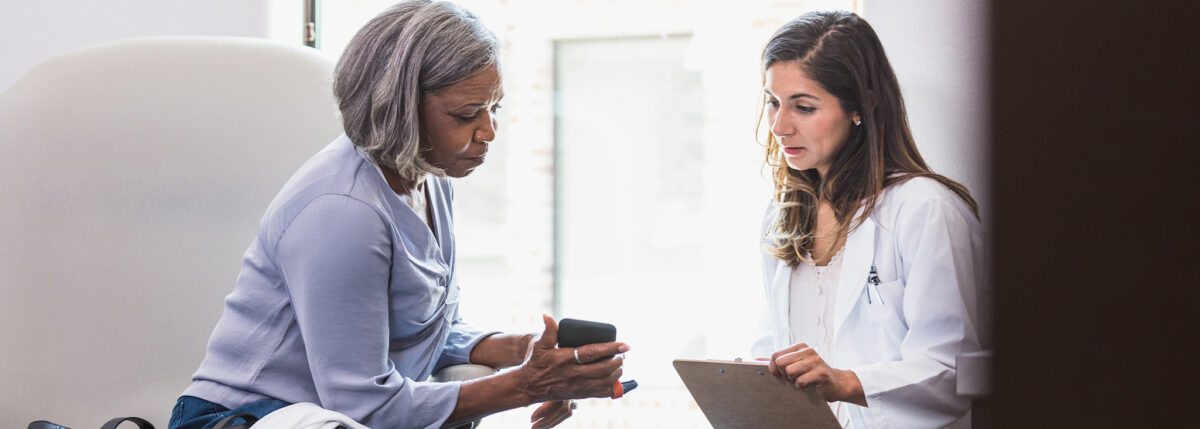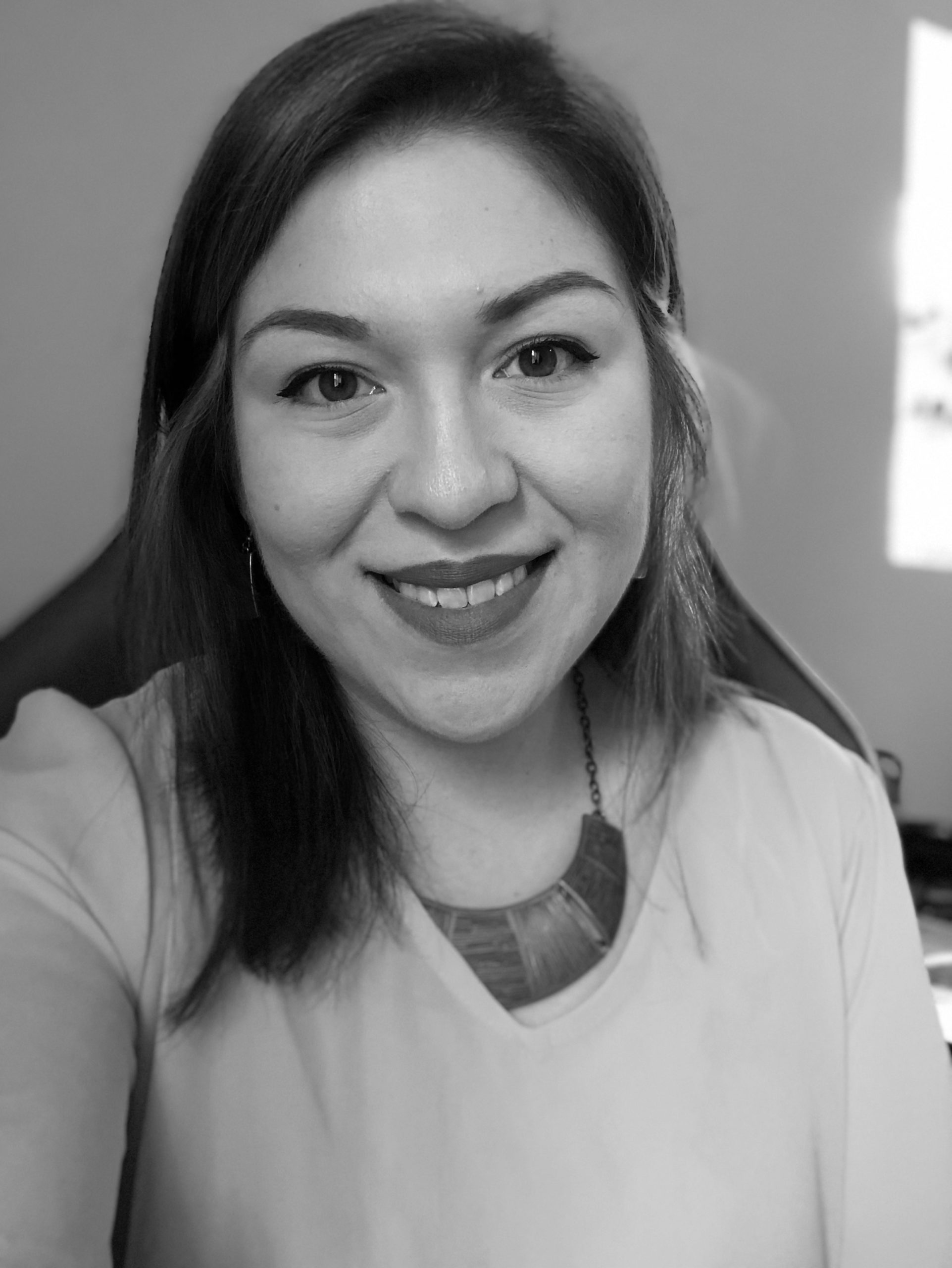How More Data Leads to Changes in Diabetes Management
There are several diabetes management platforms available nowadays for smartphones and computers. From associated apps that come with continuous glucose monitors (CGM) like LibreView to popular apps like Sugarmate, these platforms all have different ways of helping you log and review your diabetes data. So, what are the benefits?
Beyond Type 2 sat down with Lori Bednarz, RN, MSN, CDCES—an experienced diabetes educator—to discuss using different platforms in diabetes management routines. Listen to or read the interview below to learn more.
This interview has been edited for length and clarity.
BT2: Welcome, Lori! Thank you for being with us. Can you introduce yourself to our community?
Lori: Thank you, Liz. I am excited to be here with you today to talk about some things that are near and dear to my heart.
I have lived with type 1 diabetes for over 40 years. I was diagnosed when I was six years old. That was a much different time in the diabetes health world. When I see the progression right now in diabetes care, it is so rewarding to see what is available now for our patients.
I started my career working in pediatrics and working with children who were either type 1 or type 2. Currently, I work with adults who have type 1, type 2, or all the in-between types of diabetes.
Can you explain a little bit about what diabetes management platforms are?
There are many options available. Some are apps you download from the app store on your smartphone and can be paired with your CGM or blood glucose meter (BGM). CGM and BGM technology have dedicated apps or programs that you may even have to set-up in order to use your device in the first place. Patients at home can use a computer and plug their device (BGM or CGM) in and upload data that way. Thankfully many devices now are Cloud and app-based and they can connect their devices right to their app on their phone. That information is analyzed right in their hand. We can also have it shared with the clinic portal, so we are seamlessly involved.
Normally, patients would hand over their device when they walked in the clinic door. This allowed the providers to look at the data, but it still wasn’t giving patients the ownership of their own data.
Why is it important for patients to collect their own diabetes data?
I tell my patients all the time: when you are living with diabetes, you are the one managing it on a day-to-day basis. Truthfully, my job as an educator is to teach self-management. I am working with my patients to teach them how to self-manage. Data awareness is so important to know how your efforts are working to help you reach your goals.
We can encourage our patients to have more awareness of what they’re doing by looking at their data. I encourage them to use the diabetes management platforms because if we do not use them, we’re only living at that moment in time. But, using a platform allows us to see the overall picture.
What diabetes data should they be collecting?
We start with the blood glucose levels that’s the base of everything. I’ve had diabetes for a long time, and I come from the old school where you would use a glucose meter and you write it down in a glucose log. I still have patients who do that and if that’s their method, that’s okay as long as they’re looking at the data.
We have so many wonderful tools available right now to collect blood glucose data, whether it’s a blood glucose meter or a CGM, and the devices that we like to use to look at other things—like lifestyle habits. The data is the glucose, dietary intake such as grams of carbohydrate and physical activity. Also, what times of the day they’re active and the duration that they’re active in those sessions.
Is it important to log medications like insulin?
Oh, yes! When someone’s taking medication, we want to see: what time of day it’s taken and if it’s taken before the meal, during the meal, or after the meal. This helps us know how well that dose is helping them reach their blood glucose goals, if we need to make adjustments or if the medication isn’t being taken properly.
Patients may not know when a medication should be taken or they may be taking too much or too little. This is where my role comes into place to help demonstrate to them, “Hey, we may need to make some adjustments” based on their data—whether it’s in the timing or the amount of the medication.
How do you help someone learn how to review their own blood glucose data and then make changes in their diabetes management?
It is so key to look at the data. When we look at the data points all together, we might say, “Oh my goodness, every morning I’m waking up above target,” or “Oh my goodness, I’m going low every time I take a walk.” We can recognize that the change is needed right then and there.
We know that things will happen living with diabetes, sometimes expected, sometimes unexpected. We can’t plan for everything.
But if we see a distinct pattern, we can work with the patient and make changes and recommendations. That really helps with better outcomes in a person’s overall day-to-day life.
What are some barriers people with type 2 diabetes may have using these management platforms?
For a person with type 2 diabetes, they may say, “Well, I never had to do this before. Why do I have to do it now?” And I say, “Because, now it’s available.” It can help because visits with providers may be months apart. You can reach out to us before that appointment if you notice there’s a change in your values. But you need to be looking at your data to do that.
Anytime we start a new routine is a challenge. We really have to have a person see that, this is a positive, see that this is something that’s going to give back for their efforts. I really work with patients to explain to them, “Here’s where we are right now, and this is where we want to be.”
You’re not going to have any idea where you are unless you use a platform to look at those numbers.
If someone’s interested in transitioning to using a diabetes management platform, how do they get started?
Well, working with me is the first step. Many patients I work with have never used a diabetes platform or app before. So, it may start with teaching them how to download an app. They may not know what the data means and what to actually look for.
Fortunately, most of these platforms offer customer support. If my patients are getting started and they meet a roadblock, they can reach out to one of the customer supports to talk them through.
I encourage my patients to use a platform because it gives them more time with their provider. The data’s present, just sync it, and you have it ready. Or if you’re a person who uploads from home, upload your data before that visit.
We all know how valuable that time is. If you have 30 minutes with a provider and 15 minutes is spent uploading a device, that takes away from you. You want to spend as much time as you can getting your questions answered. Taking the time to learn how to use a diabetes management platform is going to be for the best for you. Give it a try!
Editor’s note: Educational content related to diabetes management platforms for type 2 diabetes is made possible with support from Lilly Diabetes, an active partner of Beyond Type 2 at the time of publication. Editorial control rests solely on Beyond Type 2.





